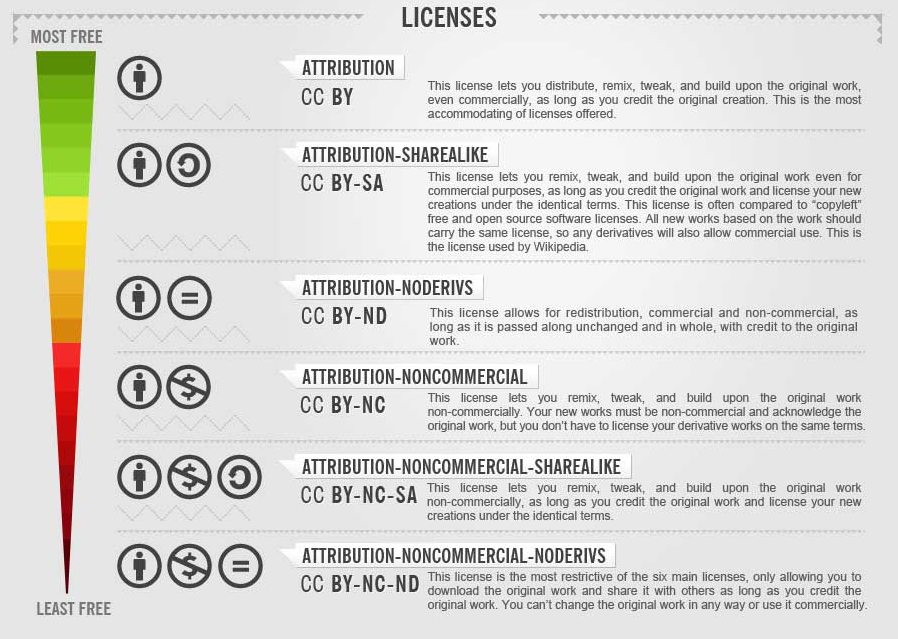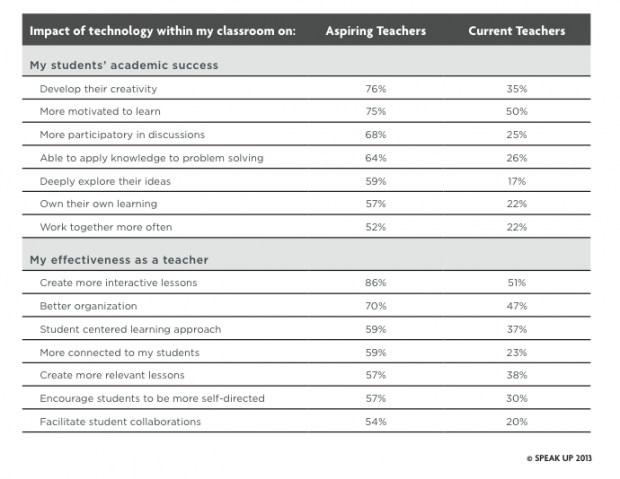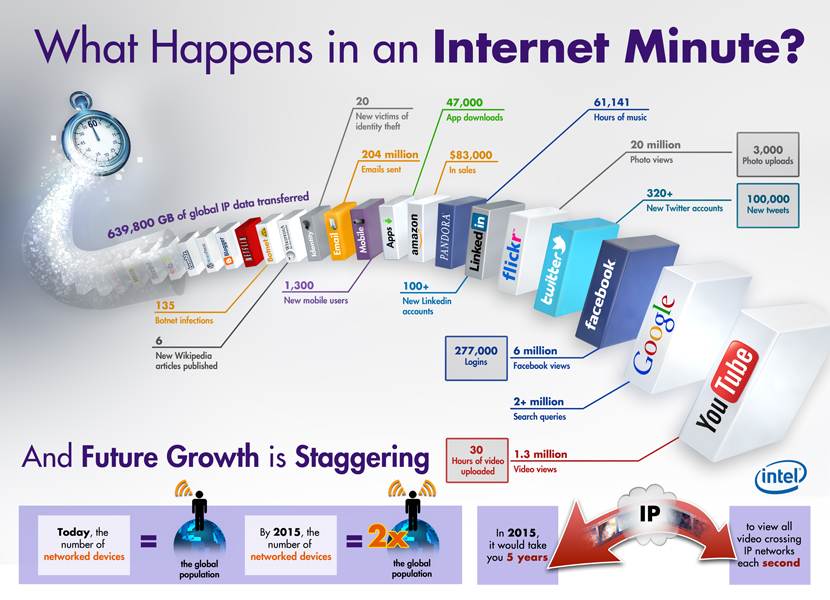From 3D Graphics to Biometric Scans: How Your Smartphone Will Get Smarter
Editor’s note: Daniel Burrus is a leading futurist on tech trends and innovation. He is the author of six books, including the New York Times best seller Flash Foresight.
Today’s smartphones are much more than phones — they are powerful, networked multimedia computers, and over the next 10 years they’ll get far more advanced. As a result, mobility is transforming many day-to-day processes — including how we sell, communicate, collaborate, train, and educate.
Here are six key technological developments that will revolutionize the smartphone over the next decade.
3–D display
Your smartphone will have a 3-D display and a 3-D web browser, and you won’t need special glasses to view it. So instead of just viewing web pages on your smart phone, you’ll be able to go into environments (or stores or showrooms) and maneuver around in them, just as you do on devices like the Xbox.
Alternatively, you’ll be able to see things sticking out from the screen, again without the special glasses. So the 3-D web on your smartphone will be a game-changer for business.
Biometric security
Rather than have to remember numerous passwords, you will be able to access data and sites on your smartphone using multiple biometric authentications. Advanced screen resolution and sensors on the phone will make this possible.
For example, when you touch the screen, it will recognize you based on your fingerprint. In addition, your phone’s front-facing camera will use facial recognition to identify you. Everyone’s voice is unique, so voice recognition will also be part of the identification/security process.
How you handle the phone — your keystrokes and touch/maneuver patterns — are also unique. The number of biometrics used will depend on the level of security you want based on what you are doing. For example, if you’re accessing your Facebook account, you may only want one biometric for authentication. However, if you’re doing a high-level security activity (such as banking via your smartphone), you’ll likely want to use multiple biometrics.
Wireless payments
Your smartphone will become your wallet. Credit cards are easy, but e-wallets are easier. Currently, Google has a mobile wallet that works with Citi MasterCard, and in the future it will work with other credit cards. It is secure and enables you to make payments with your smartphone.
In the near future, as every financial service firm gets into mobile payments, you will move very quickly from a leather wallet to a smartphone wallet.
In the near future, as every financial service firm gets into mobile payments, you will move very quickly from a leather wallet to a smartphone wallet. One example of an enabling technology is NFC — near-field communications chips — which are being built into smart phones as you read this article. They allow for secure and easy payment, so be ready for it.
Personal concierge
Your ultra intelligent agent will get smarter. The first ultra intelligent agent was Apple’s Siri. As Siri-like agents advance, they will turn into personal assistants and will be able to search the web for you and bring back focused, highly relevant information based on how long you have used your e-agent and how well it knows you.
In other words, your ultra intelligent agent will know your preferences, your likes, and your needs and will automatically compile, present, and share what’s pertinent to you.
Additionally, your ultra intelligent agent will have a face when you are looking at the screen and a personality that you choose. You’ll even see celebrities licensing the rights to their digital likeness and personality to be used as ultra intelligent agents.
No more screens
Some of your smartphones will be screen-less. The traditional smartphone with a screen will not go away, but you will have an option for a screen-less smartphone. This will be a very popular and highly adopted smartphone because without the screen, you get rid of much of the need for a big battery.
Think of the screen-less smartphone like the little piece of jewelry people wore on the old “Star Trek” TV show. The screen-less smartphone will be touch and voice activated. When you tap it, you’ll be connected to your ultra intelligent agent, which is part of a super computer in the cloud. Whatever you need, your ultra intelligent agent will be able to verbally give you the information, such as turn-by-turn directions, reading your email to you and so on.
Hyper-connectivity
Your smartphone will interface with smart surfaces. We are already seeing the beginning of using touch and voice-operated intelligent screens as tabletop computers that can access the internet. Simply by placing your smartphone on these surfaces, the two will link together. Additionally, your ultra intelligent agent will flow from your smartphone to the screen.
This is just a small sampling of what we’ll see for future smartphone technology. All of these advancements are in their early stages today. So keep in mind that if it can be done, it will be done. The question is, who will be first?











